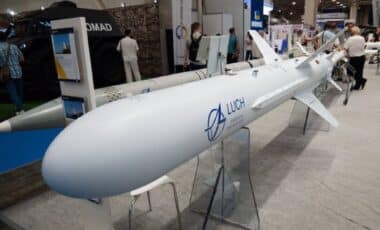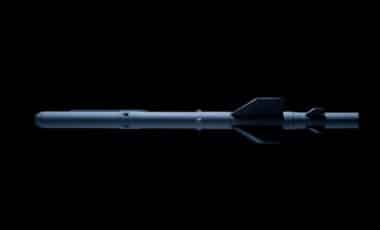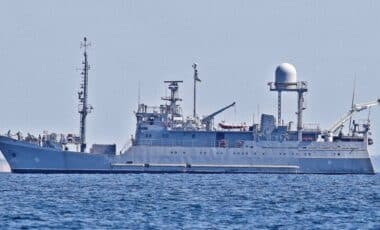In 2005, the Swedish diesel-electric submarine HMS Gotland achieved a feat that shook the confidence in the defense capabilities of American aircraft carriers. Despite its modest cost of $100 million, far lower than the $6 billion USS Ronald Reagan nuclear-powered aircraft carrier, the Gotland was able to approach silently and simulate a fatal attack. This demonstration revealed a worrying vulnerability in aircraft carriers, exposed by older, yet optimized, technology.
The Stealth Power of Stirling Engines
The Gotland is powered by innovative Stirling engines, which provide exceptional acoustic stealth. Unlike nuclear submarines, these engines emit almost no noise because they operate in a closed circuit, burning diesel with liquid oxygen. This configuration allows the Gotland to recharge its batteries while staying submerged, making it undetectable by passive sonar systems. As a result, the submarine can operate stealthily for several days without surfacing—a major advantage in underwater combat.
This propulsion system, though seemingly simple, proved highly effective during the exercise. The Gotland was able to bypass the sophisticated defenses of the USS Ronald Reagan, which included destroyers, helicopters, and anti-submarine detection aircraft. This maneuver allowed the Swedish submarine to simulate torpedo strikes, demonstrating that a less costly submarine could neutralize a highly advanced aircraft carrier.
Exposing Vulnerabilities of Naval Powers
The success of this exercise had a significant impact on the U.S. Navy, which subsequently rented the Gotland to better understand the weaknesses it had exploited. Initially seen as technologically inferior, the Gotland showed that stealth and discretion could triumph over brute force and high costs. This incident raised questions about the effectiveness of massive investments in aircraft carriers and large naval defense units.
Although the Gotland’s cost is relatively low compared to nuclear-powered aircraft carriers, its ability to avoid detection highlighted the critical importance of stealth technology. After the exercise, the U.S. Navy undertook extensive research to identify and address the vulnerabilities of its aircraft carriers against modern diesel-electric submarines. This type of threat is particularly relevant in coastal and confined waters, where submarines like the Gotland excel.
Rethinking Naval Defense Strategies
The results of the exercise underline that, while aircraft carriers are symbols of military power, they are not invulnerable to stealthy and affordable adversaries. Nations such as China and Russia are also investing in new-generation diesel-electric submarines capable of infiltration and precise strikes, which could make American naval defense strategies more vulnerable.
Faced with this emerging threat, the U.S. Navy is now rethinking its reliance on large aircraft carriers, exploring solutions that integrate more drones, advanced sensors, and new anti-submarine technologies. The Gotland’s lesson is a reminder that in naval warfare, less expensive and more discreet innovations can seriously disrupt the balance of power without the need for massive investments.








